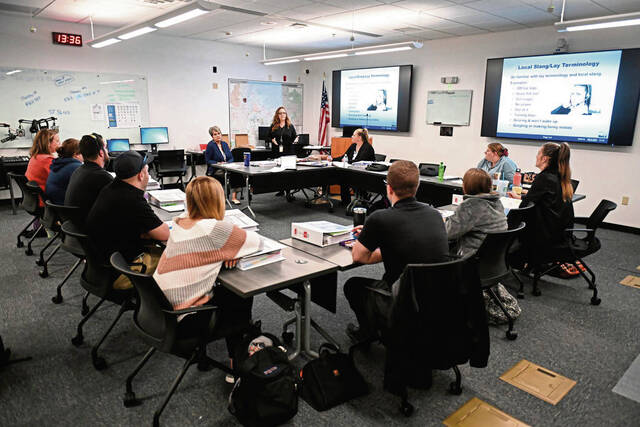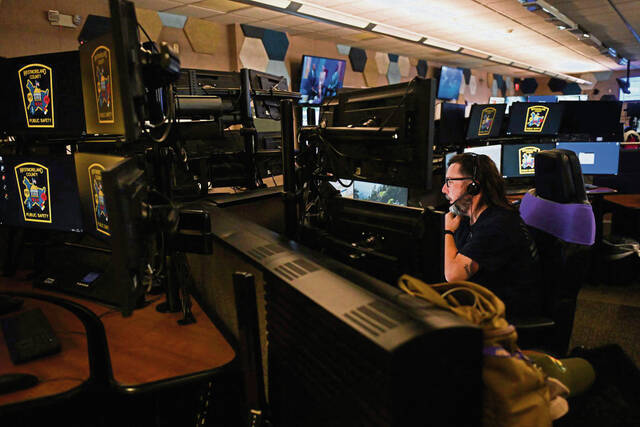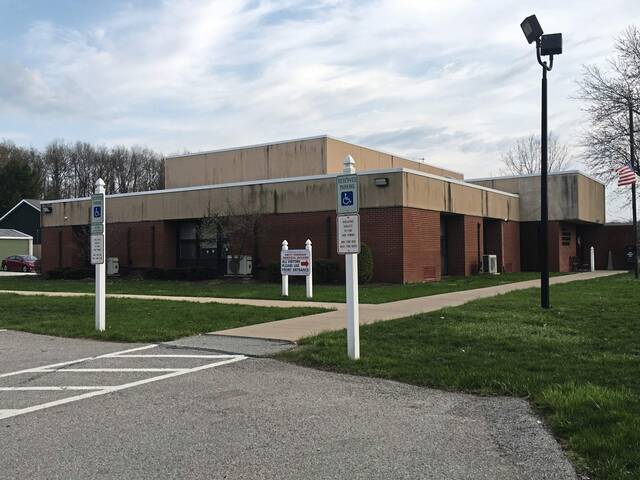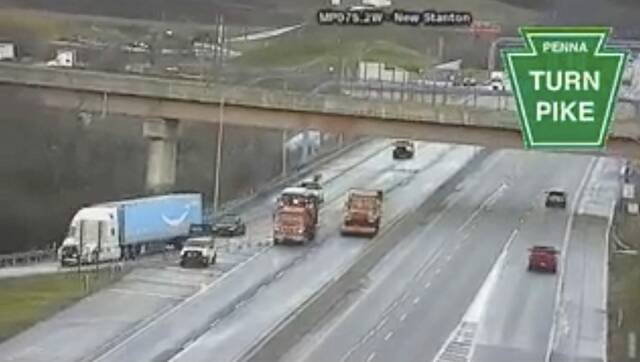It’s a call that can save someone’s life, but the local centers where 911 dispatchers work to answer those pleas for help are seeing more and more empty work spaces.
Officials say staffing issues continue to plague emergency dispatch centers as municipalities struggle to fill shifts and force employees to work overtime to ensure there are enough people to take those potentially life-saving calls.
“When phones are ringing, they need to be answered. Every emergency starts with a 911 call. With limited staff it makes it more difficult, and it puts a lot of things in jeopardy,” said Westmoreland County Public Safety Director Roland “Bud” Mertz.
Westmoreland County is supposed to operate with a roster of 60 call-takers and dispatchers. It currently has 46 people on staff with 14 vacancies.
Allegheny County has a staff of 246 telecommunication officers and 13 vacant positions, according to Matt Brown, chief of emergency services.
Westmoreland’s vacancy rate falls in line with national averages, according to a study published last year by the International Academies of Emergency Dispatch and the National Association of State 911 Administrators. The groups found a 25% average vacancy rate at emergency dispatch centers throughout the United States.
The study looked at 774 call centers and found 36% reported vacancy rates that exceeded 30% of staffing levels in 2022. There were 166 of the centers reporting vacancy rates of more than 40%.
“It creates a vicious cycle,” said Ty Wooten, director of government affairs for the Utah-based IAED, a nonprofit research organization that provides assistance for 911 centers. “The more overtime, the more burnout and people leave, and then the cycle starts all over again. Some centers just can’t get over the hump to where there is always a deficit.”
In Westmoreland County, the 911 center fields about 850 calls a day.
Mertz said job stress, pay and other factors impact staffing levels.
Four people resigned in August, and although 10 prospective hires started a 10-week training course in September, Mertz said, it will be months before they assume full-time roles at the 911 center.
“We’re on that fragile line between stable and unstable,” he said.
Staffing issues became heightened after the coronavirus pandemic, leaving many emergency dispatch operations to seek alternatives to ensure the centers continue to be able to adequately field 911 calls.
In Westmoreland County, newly hired telecommunications staffers earn $20.35 per hour or $42,328 per year before available overtime. New hires also receive $1,500 a sign-on bonus; all employees receive $1,500 annual bonuses.
Meanwhile, the salary scale set as part of a collective bargaining contract approved in 2020 with the Service Employees International Union Local 668, which presents about 600 county workers, including 911 telecommunication officers, remains unchanged. The current four-year labor deal expires at the end of this year.
SEIU spokeswoman Samantha Shewmaker said negotiations with the county on a new deal have stalled.
The union last year reached a three-year labor deal with Allegheny County for a contract that officials said stabilized staffing. The posted salary for a new telecommunications officer in the 911 center is $25.86 per hour.
“Staffing has improved, and our focus is now on training and retaining workers,” said telecommunications officer Michael Steinmiller of Shaler.
Steinmiller, a 911 staffer in Allegheny County since 2011, serves as union shop steward for 911 employees. He was on duty as calls came into the Allegheny County emergency management center when a gunman stormed into the Squirrel Hill synagogue during weekend services in October 2018 and fatally shot 11 congregants.
“Hands down that was one of the worst days of my career. There is fatigue along with mental anguish that comes with the job, so this isn’t for everyone. We’re humans, and we’re talking to people on the worst day of their lives when they’re calling for help,” Steinmiller said. “We have to put on our boots and go to work the next day.”
Dispatchers in many locations are required to work long hours, sometimes 12-hour shifts, with mandatory overtime to ensure there enough coverage to man 911 call centers.
Harriet Rennie-Brown, executive director of the National Association of State 911 Administrators, said it’s those requirements that have led to staffing challenges.
“People are stressed out. It’s hard for people to miss family events. They may lose their vacation time or have to cancel plans. I can’t underestimate how hard they work and what a tough job they do,” Rennie-Brown said.
The staffing challenges come as industry leaders continue to push to reclassify the job of telecommunication officers. Dispatchers and call-takers are classified by the U.S. Department of Labor as clerical positions. For several years, efforts in Congress and state legislatures have sought to redefine the job as that of a first responder.
It’s a move that could lead to better pay and scheduling as well as additional benefits.
“This is a core public safety service, and there can be a lot of negative outcomes,” Rennie-Brown said. “Lives can be lost, property can be damaged. It’s important for people to know that the 911 system is facing a crisis.”













